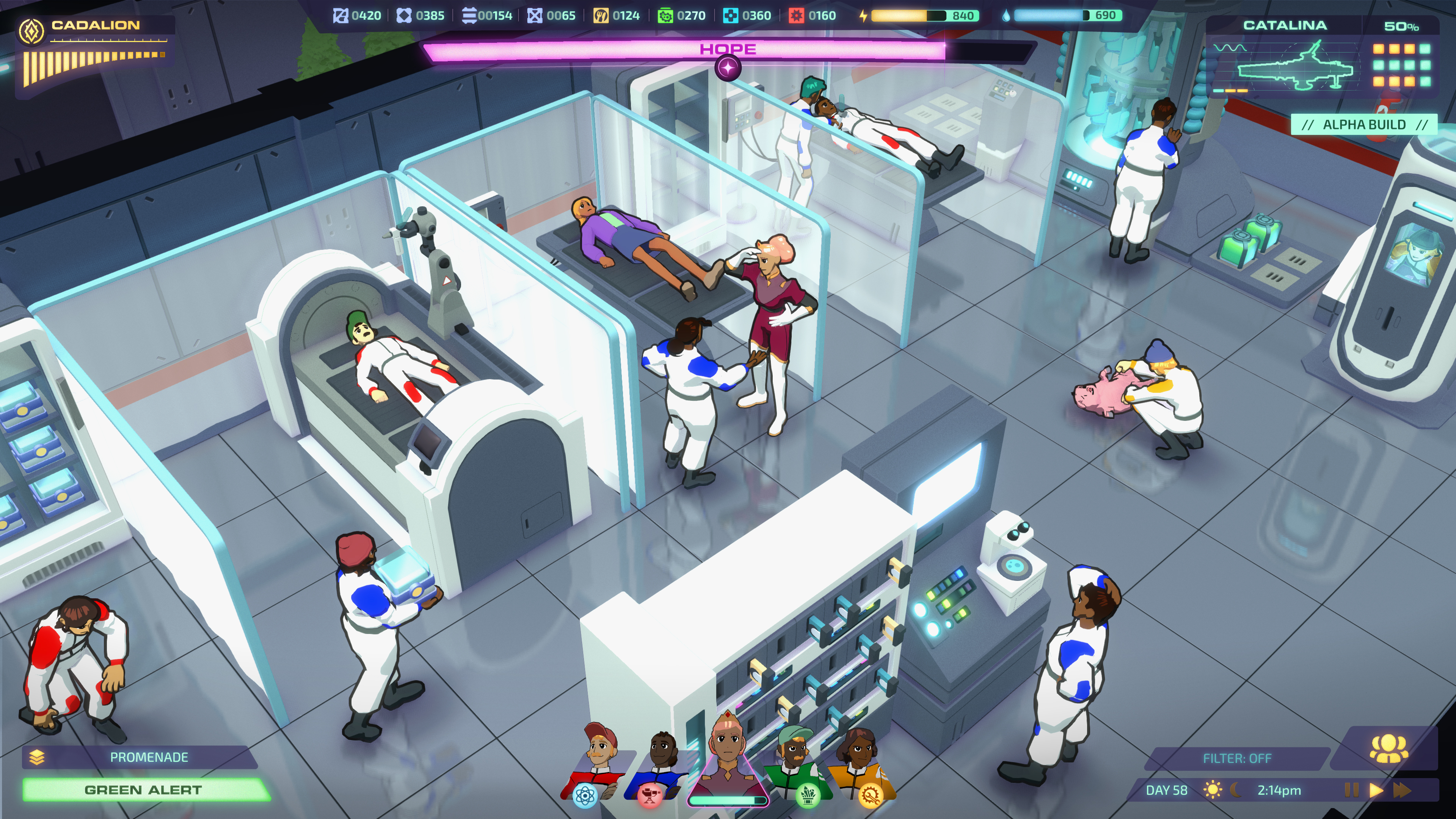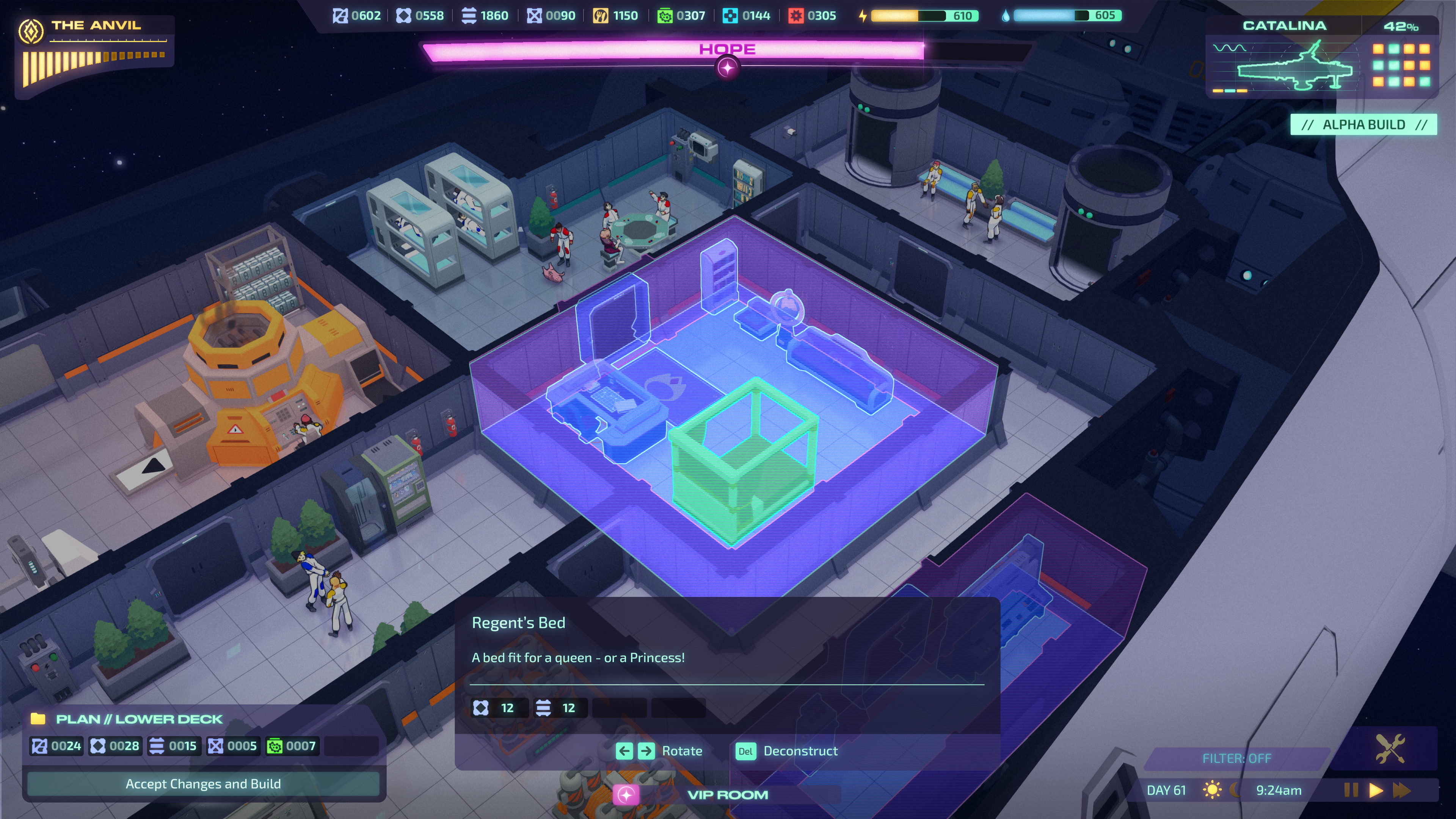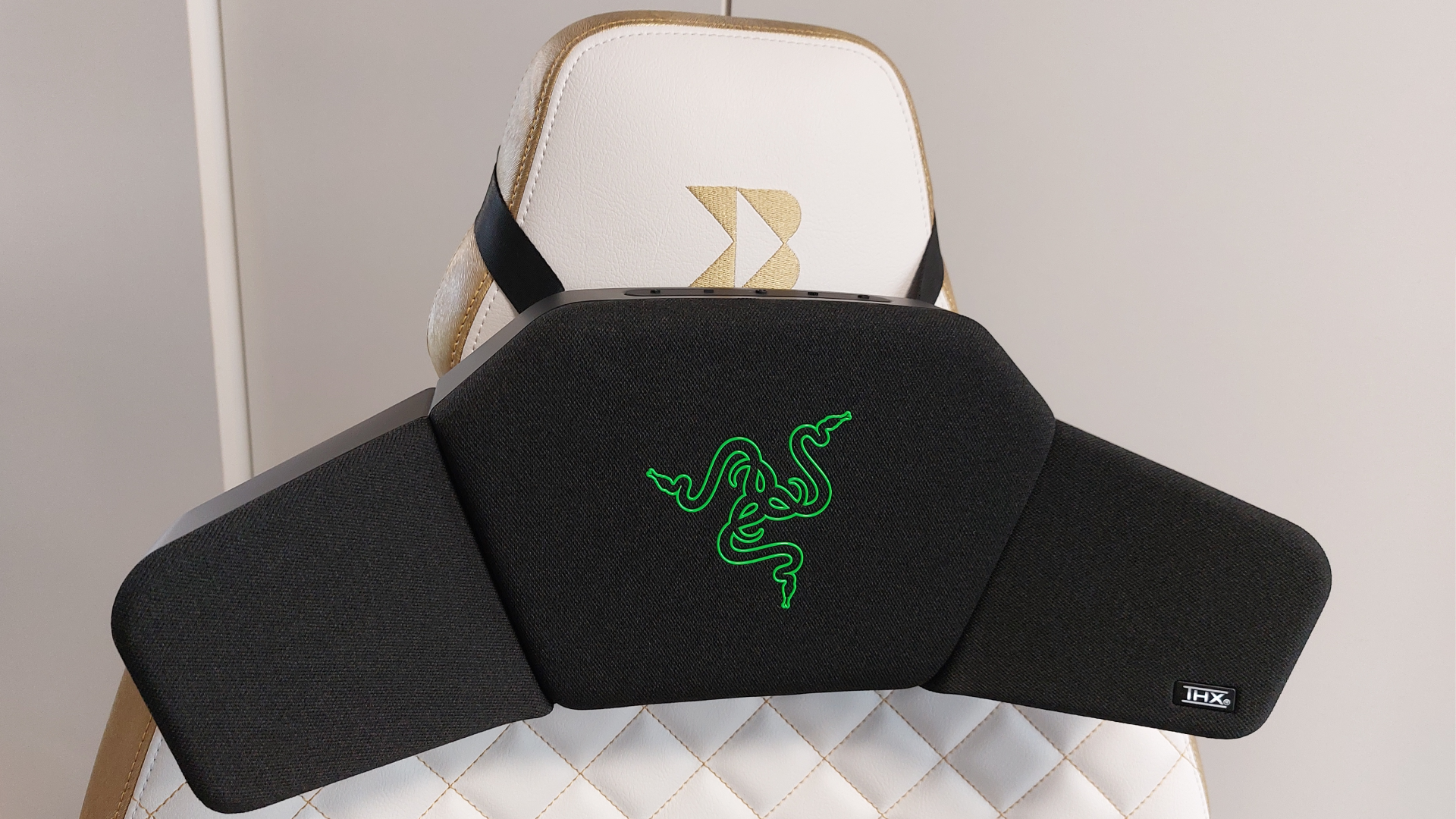Jumplight Odyssey turns classic space anime into a roguelite, and you're captaining the ship
Armello developer League of Geeks' new game is a gorgeous blend of '70s anime and RimWorld-esque colony sim.
Every teenager who gets into sci-fi anime falls for the same trap. For me it was Mobile Suit Gundam: I thought I was getting into a show about cool robots and hotshot fighter pilots, and it took me a while to realize that most of what I was watching was actually romantic melodrama and bleak World War 2 allegory. The robots and spaceships are always just window dressing for stories about characters and the messy feelings they have for each other. So I recognize bait when I see it, and that's exactly what the debut trailer for Jumplight Odyssey is: a flashy '70s anime intro for a game that's mostly interested in what happens inside your ship.
"Essentially it's a roguelite colony sim," says Trent Kusters, co-founder of developer League of Geeks. "It's kind of like FTL meets Two Point Hospital, with a little RimWorld thrown in there with story generation stuff. You're jumping from system to system, and in between you're repairing your ship, you're retooling it for that particular system, extracting resources so you can make the next jump quickly enough to evade the Zutopans and make your way to the Forever Star."
As in FTL, one of the defining roguelikes of the last decade, Jumplight Odyssey has you fleeing a tyrannical fleet of starships, with each system you jump to presenting some new twist or challenge. But the two games don't have a lot in common past that broad structure: instead of micromanaging a small crew as in FTL's combat, in Jumplight you're managing the workings of an entire battleship. That includes both a build mode and a leadership mode—essentially upgrading and customizing your ship, and then taking charge of it.
So what are you doing in build mode?
- Placing rooms throughout multiple decks on the ship, like a sickbay, weapons turrets, galley, and greenhouse.
- Placing objects within those rooms. They're not all preconfigured, so you can choose, say, how much of the sickbay is dedicated to beds vs. other helpful modules. Some decks like the hangar bay are prebuilt, but you can still choose what ships to place in it: cheaper or fancier starfighters, transports, etc.
- Some "Factorio-lite" optimization to your room designs to make them more efficient (or just more you).
- Reacting to the challenges of each system: "On your starmap when you're jumping, you can see the next few systems and the challenges they present," Kusters says. "So you can skip the system ahead of you if you're like 'ah, there's a nebula cloud, my ship's not really built for that.' You can even do a blind jump outside your scanning range. You're having to make trade-offs all the time."
Switch over to leadership simulation, and you have a crew to deal with: keeping them fed and happy, directing them to produce vital resources on the ship, sending them out on away missions to rescue survivors or to get in dogfights with attacking pirates. This part of the game stays high-level: it's not an RTS where you directly control members of the ship. This is where the RimWorld comparison comes in.




"The early thing the design team was saying was 'broad strokes for lots of folks'. You can have up to 200 crew on your ship. You can click into any person and find out that was Gary, he was a narcissist and was in love with Opphelia from engineering. Those things aren't just for show: they'll drive how Gary acts in AI. Now that Gary's dead, you better believe we're going to have issues with Ophelia moving forward as she's coping with her partner's death."
As the captain, you'll primarily be dealing with crew division leaders you assign, and their individual traits and perks will impact how effective your full crew is. Assign a ruthless crewman to be your combat division officer and they'll kick the ass of any pirates who board the ship. But crew morale under their yoke? Maybe not so great.
Keep up to date with the most important stories and the best deals, as picked by the PC Gamer team.
Keeping your crew happy is important. Their status feeds into the Hope meter, which represents your crew's faith in you as captain. You can make promises to your crew, like "no one's going to go hungry," and get a big Hope boost from it. But if you can't uphold that promise, your Hope plummets. Let that meter drop to zero, and it's game over.
Running out of Hope or having your ship destroyed by pirates or the Zutopan fleet will end a run. Between the build mode and the potential to assemble a huge crew full of complex relationships, Jumplight Odyssey seems like an unusually longform game for the modern roguelite template, where I expect runs to last shy of an hour. Kusters says to expect to spend 30-45 minutes in each system upgrading your ship and gathering resources before the next jump. Losing a ship and crew you've spent that many hours customizing sure sounds devastating.
League of Geeks has a few solutions to that problem. First, play modes: there's a chill mode where the Zutopans are barely chasing you and you can focus on building, alongside two more difficult modes if you want more of a challenge. Second, early access. Like Armello, Jumplight Odyssey will launch in early access and be shaped by player feedback. Third, a "memory" system that'll help you experience your favorite kinds of moments in future runs.
"Once you complete a run, a little story event like a zombie on your crew, you can have that memory and then when you restart, 'install' that memory. It's a modifier, so they're not always good, but it gives you the power as the player to say 'I want to have a run where there's definitely going to be a zombie outbreak on my ship.'"
The most striking thing about Jumplight Odyssey is its cross section of a Yamato-esque space battleship, which was inspired both by the '70s anime and, delightfully, Richard Scarry's children's book What Do People Do All Day? Kusters says Jumplight's art director was hyper-focused on nailing the period details, down to the differences between how eyes are drawn in late '70s anime vs. early '80s. But what you're going to notice more, as you pan around the rooms on each deck of the ship, is the cartoony shading that does an excellent job of making 3D models look like drawn 2D.
The ship is your whole world in Jumplight Odyssey: as you focus inward on your crew, what's happening out there in the harsh vacuum of space will be telegraphed, but there's no way to zoom out and see it.




"The mind is so powerful at projection, like the classic 'this isn't as good as the book' when you're watching the movie—yeah, because your mind made the fucking book," Kusters says. "We call ourselves a triple-I studio, not a triple-A studio, and the truth is we can't actually show you what's outside the ship because we can't afford it. But it really is powerful just focusing on what's inside and letting the player's mind leap to those conclusions. You'll see your starfighters leave, and there's something really romantic we like about that. You don't see what happens. They leave out the door, and then you hear them over the comms, and then you lose one, but you don't see it happen.
"We kept going back to: you're the captain, and the captain isn't seeing this stuff outside her ship. She's just standing there on the bridge, and getting info on the same UI elements we're getting."
Kusters says Jumplight Odyssey's core loop of "jump, extract, prepare" will be fully implemented for the early access launch, and from there League of Geeks will be adding new events and stories, ships, and game systems that will interlock with the existing ones. It'll be out sometime in 2023.

Wes has been covering games and hardware for more than 10 years, first at tech sites like The Wirecutter and Tested before joining the PC Gamer team in 2014. Wes plays a little bit of everything, but he'll always jump at the chance to cover emulation and Japanese games.
When he's not obsessively optimizing and re-optimizing a tangle of conveyor belts in Satisfactory (it's really becoming a problem), he's probably playing a 20-year-old Final Fantasy or some opaque ASCII roguelike. With a focus on writing and editing features, he seeks out personal stories and in-depth histories from the corners of PC gaming and its niche communities. 50% pizza by volume (deep dish, to be specific).

